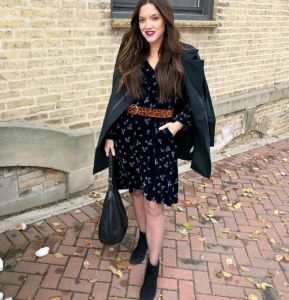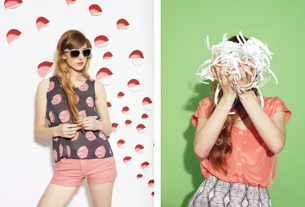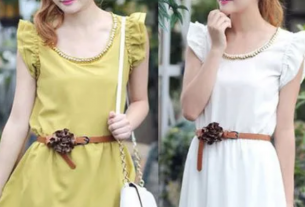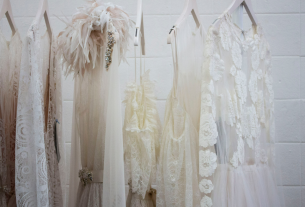In the realm of fashion, where every hue tells a story, the color palette of a brand is more than a visual choice; it’s a language that speaks to the emotions and aspirations of its audience. The artful selection of colors in fashion branding goes beyond aesthetics—it taps into the psychology of perception, influencing how consumers connect with a brand. In this exploration, we unravel the significance of color psychology in fashion branding and guide you through the process of choosing a palette that resonates with your brand identity.

1. The Language of Colors in Fashion
Beyond Aesthetics: Colors evoke emotions, convey messages, and create an immediate visual impact. Understanding the psychological associations of colors is crucial for a fashion brand aiming to communicate a specific mood or personality.
2. The Basics of Color Psychology
Warm vs. Cool: Warm colors like reds, oranges, and yellows are associated with energy, passion, and warmth. On the other hand, cool colors like blues, greens, and purples evoke calmness, serenity, and sophistication. Understanding the basic divisions helps in setting the overall tone for your brand.
Neutral Ground: Neutrals such as black, white, gray, and beige offer versatility and timelessness. They can be used to balance and complement more vibrant hues, providing a sophisticated backdrop for your brand.
3. Associating Colors with Brand Attributes
Red: Passion, energy, and excitement. Red is a bold choice often associated with high-energy brands.
Blue: Trust, serenity, and reliability. Blue is a popular choice for brands aiming to convey a sense of professionalism and reliability.
Green: Nature, growth, and freshness. Green is often used by brands with an eco-friendly or sustainable focus.
Yellow: Optimism, warmth, and creativity. Yellow can evoke a sense of playfulness and positivity.
Pink: Femininity, romance, and sweetness. Pink is often associated with brands targeting a female audience.
Black: Elegance, sophistication, and timelessness. Black is a classic choice that can convey a sense of luxury.
4. Cultural Influences in Color Selection
Global Perspectives: Colors may carry different cultural meanings. Consider the global impact of your brand, ensuring that your chosen palette resonates positively across diverse audiences.
5. Creating a Cohesive Color Story
Consistency Across Platforms: Maintain a consistent color palette across your branding materials, website, social media, and physical spaces. This coherence reinforces your brand identity.
6. Testing and Iteration
Audience Response: Don’t hesitate to test different color combinations and gather feedback from your target audience. Analyzing how consumers respond to your chosen palette can help in refining your branding strategy.
7. Trends vs. Timelessness
Balancing Act: While it’s essential to stay current, be mindful of timeless colors that can withstand changing trends. Striking a balance ensures longevity in your brand’s visual appeal.
Conclusion: Painting Your Brand’s Canvas
In the canvas of fashion branding, your color palette is the brushstroke that defines the mood and personality of your brand. Each color tells a story, and the combination of hues creates a visual language that resonates with your audience. So, as you embark on the journey of selecting your brand’s colors, remember that it’s not just about what looks good—it’s about what feels right, what speaks to the soul of your brand, and what creates a lasting impression in the hearts of those who engage with your fashion narrative.





